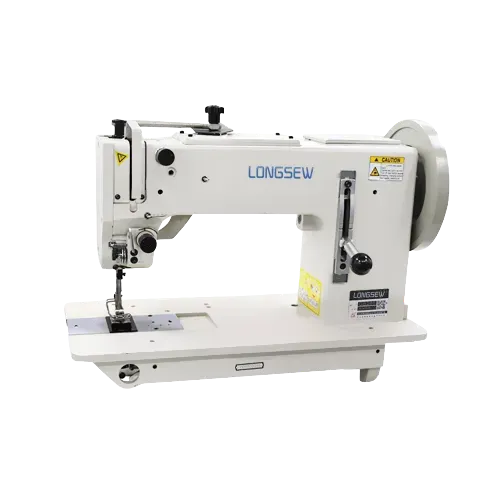stitching thick fabric
Stitching Thick Fabric A Comprehensive Guide
Stitching thick fabric can be a challenging yet rewarding task for any sewing enthusiast. Whether you are working on heavy-duty upholstery, denim, or canvas, understanding the nuances of working with thick materials is essential for achieving professional-looking results. This article will explore some key techniques and tips to help you master the art of stitching thick fabric.
First and foremost, selecting the right sewing machine and needle is crucial when tackling thick fabrics. Standard sewing machines may struggle with heavy materials, so consider using a machine designed specifically for heavy-duty sewing. These machines feature stronger motors and enhanced feeding mechanisms, allowing them to handle the weight and bulk of thick fabrics efficiently.
Equally important is choosing the correct needle. A heavy-duty, sharp needle, such as a size 16 or 18, is often recommended for thick materials. This type of needle can penetrate multiple layers of fabric without bending or breaking, ensuring clean and precise stitches. Additionally, using a walking foot or a Teflon foot can help manage thick layers by evenly feeding the fabric through the machine, preventing it from sticking or shifting.
When it comes to thread selection, opting for a strong polyester or cotton thread is advisable. These threads are designed to withstand the stress and strain associated with thick fabric, making them ideal for seams that require durability and strength. Moreover, using a longer stitch length – around 3.5 to 4 mm – can help the sewing machine maneuver through dense fabric more easily while preventing puckering.
stitching thick fabric

Preparation of the fabric itself is another key element in successful sewing. It is often beneficial to pre-wash thicker materials to remove any sizing agents, which can make the fabric stiffer and more difficult to work with. Additionally, pressing the fabric before cutting can help ensure accurate measurements and reduce the likelihood of mistakes.
When sewing, take your time and adjust the machine's speed to maintain control over the fabric. It can be tempting to rush through a project, but working slowly ensures that you achieve the best results. If you encounter resistance while sewing, don't hesitate to manually guide the fabric with your hands, but avoid pulling it – this can cause uneven stitching.
Finally, always finish your edges with techniques such as zigzag stitching or using a serger. This step not only prevents fraying but also adds a professional touch to your project.
In conclusion, stitching thick fabric may seem daunting at first, but with the right tools, techniques, and a patient attitude, anyone can achieve beautiful results. Embrace the challenge, and you might find that working with thicker materials opens up a new world of creative possibilities in your sewing journey.
-
Industrial Cylinder Arm Sewing Machine: Revolutionizing Heavy-Duty SewingNewsJul.28,2025
-
Cylinder Arm Sewing Machine: Perfect for Special Sewing ApplicationsNewsJul.28,2025
-
Cylinder Bed Sewing Machine: Essential for Sewing Complex MaterialsNewsJul.28,2025
-
Heavy Duty Sewing Machine: The Essential Tool for Industrial ApplicationsNewsJul.28,2025
-
Computerized Pattern Sewing Machine: Revolutionizing Precision StitchingNewsJul.28,2025
-
Heavy Duty Industrial Sewing Machine: Power Meets PrecisionNewsJul.28,2025
-
Leather Sewing Machine: The Industrial Standard for Tough MaterialsNewsJul.18,2025





























